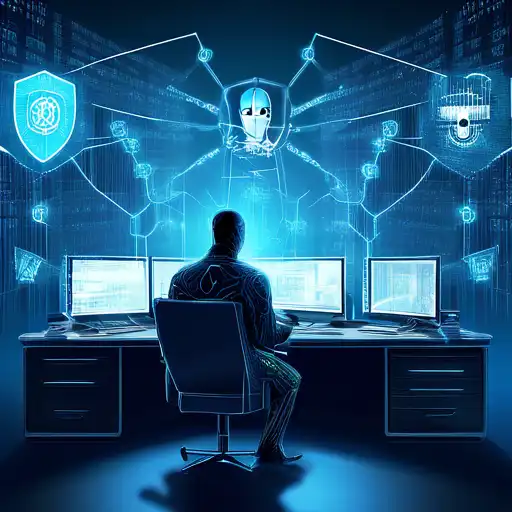Introduction to Cybersecurity in 2023
As we step into 2023, the digital landscape continues to evolve at an unprecedented pace, bringing with it a new set of cybersecurity threats. Businesses and individuals alike must stay informed about these emerging threats to protect their sensitive data and maintain privacy. This article delves into the top cybersecurity threats to watch in 2023, offering insights into how you can safeguard against them.
Rise of AI-Powered Attacks
Artificial Intelligence (AI) is not just a tool for enhancing security measures; it has also become a weapon in the hands of cybercriminals. In 2023, we anticipate a surge in AI-powered attacks, where hackers use machine learning algorithms to bypass traditional security protocols. These attacks are more sophisticated, making them harder to detect and prevent.
Phishing Scams Get More Personal
Phishing scams have been around for years, but in 2023, they're expected to become more personalized. Cybercriminals are leveraging data from social media and other sources to craft highly targeted messages, increasing the likelihood of deception. Awareness and education are key to combating these threats.
Cloud Vulnerabilities
With more organizations moving to the cloud, vulnerabilities in cloud services are becoming a prime target for attackers. Misconfigurations and inadequate security measures can lead to significant data breaches. It's crucial for businesses to ensure their cloud environments are securely configured and regularly monitored.
IoT Devices: The Weak Link
The Internet of Things (IoT) continues to expand, but so does its vulnerability to cyberattacks. Many IoT devices lack robust security features, making them easy targets for hackers. Strengthening the security of IoT devices should be a priority for both manufacturers and users.
Ransomware Evolution
Ransomware attacks are becoming more sophisticated, with attackers now targeting critical infrastructure and demanding higher ransoms. The evolution of ransomware tactics in 2023 means that organizations must adopt more advanced defense mechanisms, including regular backups and employee training.
Conclusion
The cybersecurity landscape in 2023 is fraught with challenges, but by staying informed and proactive, individuals and organizations can mitigate these risks. Implementing strong security measures, staying updated on the latest threats, and fostering a culture of cybersecurity awareness are essential steps in protecting against these emerging threats.
For more insights on protecting your digital assets, explore our guide on cybersecurity basics.
